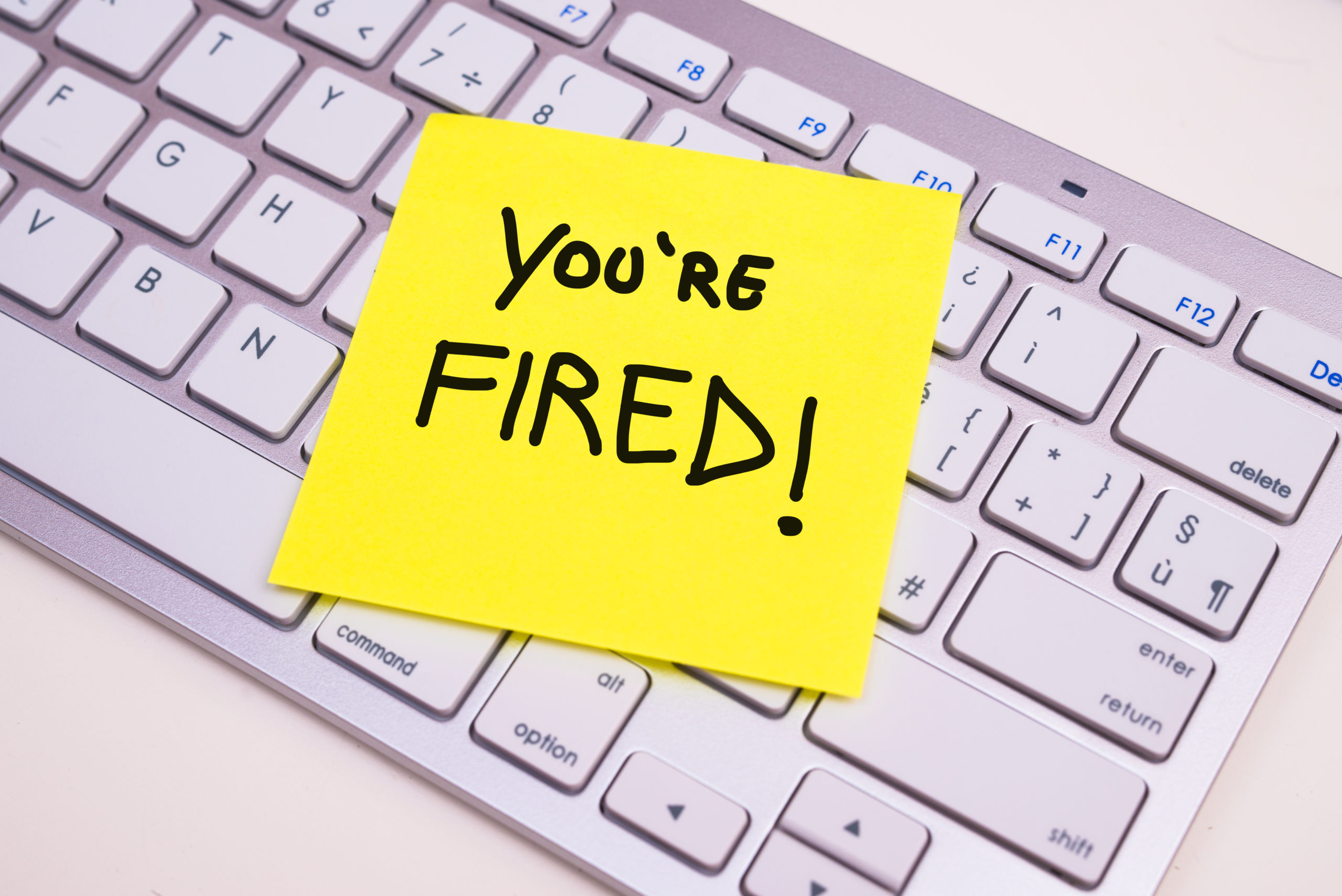When you think of wrongful termination, you probably think of blatant acts like firing an employee because of race, gender, or religion. Although discrimination ranks high on the list of reasons why employers wrongfully fire workers, other blatant factors can include political affiliation, reasonable accommodations for a disability, and requesting protected leave from work.
In addition to the blatant acts of wrongful termination, employers can approach firing an employee with a more subtle approach. There are several ways an employer can illegally fire an employee, without the employee knowing the employer committed an act of wrongful termination.
Wrongful Termination and Public Policy
Some employers terminate workers for reasons that do not violate a state or federal law. However, the same employers violated a standard public policy. When an employer violates a standard public policy, a worker has the legal right to file a wrongful termination claim.
The underlying reason for public policy claims is that employers should know the standard public policies at the state and federal levels. California law states there are several ways for employers to violate public policy, which can lead to a claim of wrongful termination. Courts have declared four requirements for workers to file a wrongful termination claim for a violation of standard public policy.
- The policy has to be constitutionally supported or written into law
- The policy benefits society instead of benefiting one employee
- The policy must have been established when the employer fired the worker
- The policy must cover fundamental and substantial issues
Let’s assume an employer demands that an employee sign an unenforceable legal document. Public policy declares the unenforceable legal document null and void, but the employer goes on to fire the employee for lack of compliance. The employer has violated a standard public policy when wrongfully terminating the worker.
Mixed Motive
To win a civil lawsuit in a wrongful termination case, an employee must demonstrate that an unlawful reason motivated an employer to illegally fire the employee. However, in some cases, it is difficult to determine the motive of an employer when firing a worker. This brings us to a mixed-motive case of wrongful termination.
A legitimate business reason might be part of the reason why an employer terminated an employee. The other part of the termination equation is not as legitimate. An employer can have several reasons for firing a worker, with at least one of the reasons illegal according to a California or federal wrongful termination statute. Workers must prove that the illegal motivation was a significant motivating factor, not just a minor motivating factor for the termination. For example, a worker terminated because of race has to prove the act of discrimination was the primary motivating factor in the employee’s dismissal.
Constructive Termination
Under state and federal law, an employee cannot file a lawsuit against an employer if the employee quit or resigned. Constructive termination becomes a factor when an employer’s actions force a worker to resign or quit. California courts have adopted the legal principle of constructive termination to protect workers that are bullied off the job.

In a constructive termination case, a worker technically quit or resigned, but the employee took the action because the employer created an incredibly intolerable work environment. The constructive termination argument has worked in cases when employers required workers to take prolonged business trips that keep them away from their families. Another successful argument for constructive termination involves demanding a salaried employee work multiple 12-hour days in a row under poor working conditions.
Covenant of Good Faith and Fair Dealing
If your employer terminated you for unfair, but not illegal reasons, then you might be able to invoke the legal doctrine called “Covenant of good faith and fair dealing.” This legal principle is part of every contract and it applies to both parties. When applied to employment law, the covenant of good faith and fair dealing means the employer must not prevent an employee from completing the employee’s job functions. Actions such as evasive actions, deliberate inaction, and other forms of workplace interference can be considered violations of the covenant of good faith and fair dealing.
Schedule a Free Case Evaluation
The more subtle types of wrongful terminations are much more difficult to prove than the blatant acts committed in wrongful termination cases. Schedule a free case evaluation with an experienced California employment lawyer to determine whether you should file a civil lawsuit against your employer.





